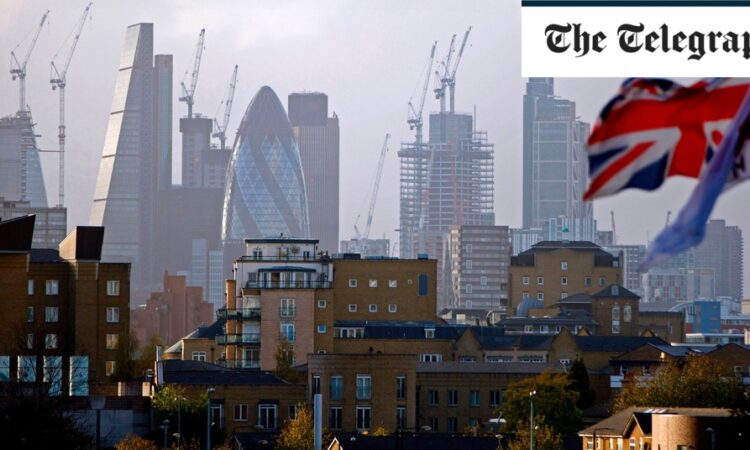
On Wednesday, we get figures on the most closely watched of economic statistics at the moment, namely on inflation itself. Last month, there was a surprise drop in November’s rate of CPI inflation to “only” 3.9pc. I doubt whether there is much scope for a big improvement this month, but the rate could fall a bit to, say, 3.8pc.
Again, this would compare favourably with the 4.6pc that the Bank was expecting, thereby giving hope and sustenance to all those putting their shirts on an early reduction in interest rates.
Interestingly, over the last year, inflation developments here have closely matched what has been happening in the United States. US inflation data for December, published last week, were disappointing as the year-on-year rate of CPI inflation increased from 3.1pc to 3.4pc.
In fact, this number was heavily influenced by what happened the previous December, as well as by big increases in second hand car prices and the cost of accommodation, both of which seem certain to be temporary. So US inflation should soon resume its downward progress, boding well for inflation here.
Yet last week, the Governor of the Bank of England, Andrew Bailey, was at it again, making pessimistic noises about inflation, this time reflecting concern that shipping costs are being increased by the diversion of cargo ships from the Suez/Red Sea route round the Cape of Good Hope, which is much longer and therefore more expensive. This could be yet another adverse supply-side shock, creating a spike in inflation or, at the least, delaying its fall.






